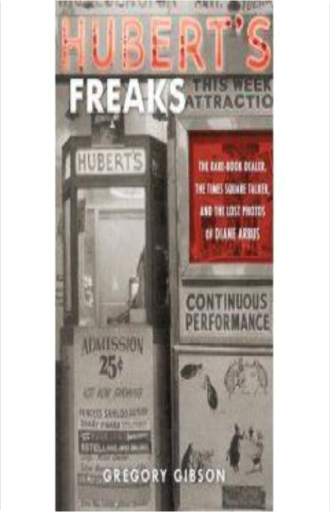 Bob Langmuir is an obsessive dealer with a remarkable eye for treasure who makes the discovery of a lifetime when he chances upon a trove of never-before-seen prints by the legendary Diane Arbus. From the moment he purchases a trunk containing the archive of Hubert’s Dime Museum and Flea Circusa midcentury Times Square freak show frequented by Arbusand discovers some intriguing photographs, he knows he’s on to something. Furthermore, he begins to suspect that what he’s found may add a pivotal chapter to what is now known about Arbus and the old weird America,” in Greil Marcus’s phrase, that Hubert’s inhabited.  Describes fraudulent remedies and their peddlers over the centuries, probes the reasons people are easily deceived, and offers advice on how to avoid falling prey to false promises.  An Essay on Typography was first published in 1931, instantly recognized as a classic, and has long been unavailable. It represents Gill at his best opinionated, fustian, and consistently humane. It is his only major work on typography and remains indispensable for anyone interested in the art of letter forms and the presentation of graphic information. | 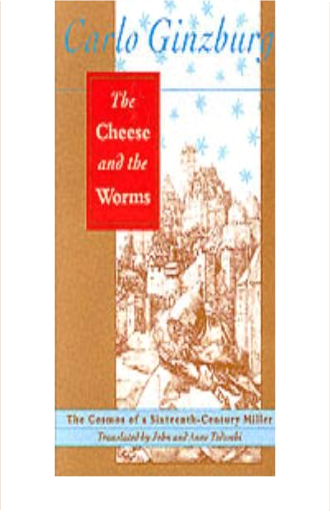 [ THE CHEESE AND THE WORMS THE COSMOS OF A SIXTEENTH-CENTURY MILLER BY GINZBURG, CARLO](AUTHOR)PAPERBACK  Descartes's notion of subjectivity changed the way characters would be written, performed by actors, and received by audiences. His coordinate system reshaped how theatrical space would be conceived and built. His theory of the passions revolutionized our understanding of the emotional exchange between spectacle and spectators. Yet theater scholars have not seen Descartes's transformational impact on theater history. Nor have philosophers looked to this history to understand his reception and impact. After Descartes, playwrights put Cartesian characters on the stage and thematized their rational workings. Actors adapted their performances to account for new models of subjectivity and physiology. Critics theorized the theater's emotional and ethical benefits in Cartesian terms. Architects fostered these benefits by altering their designs. |

Morbid Anatomy Museum
Collection Total:
1,253 Items
1,253 Items
Last Updated:
Jan 26, 2016
Jan 26, 2016
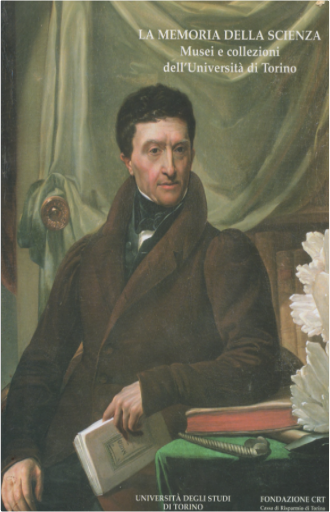



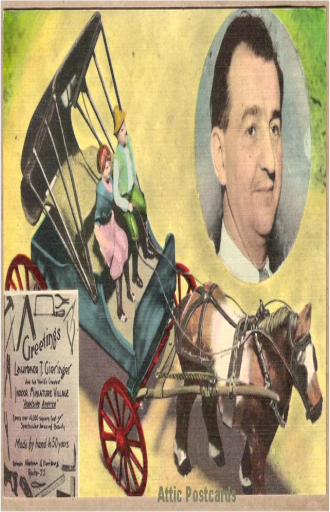
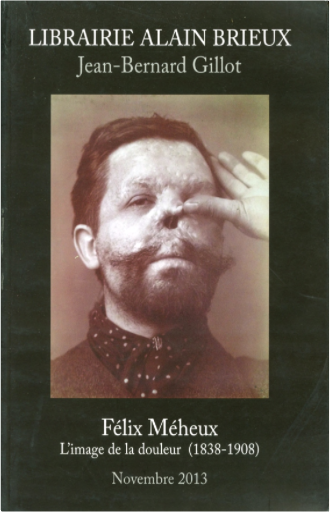
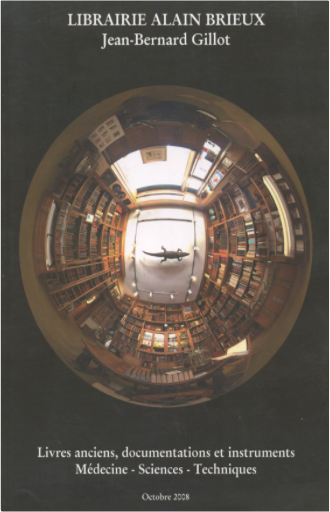
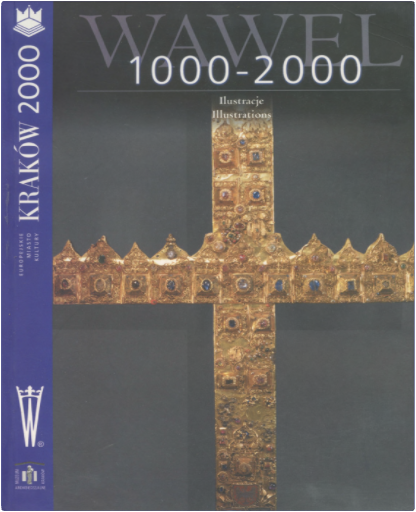

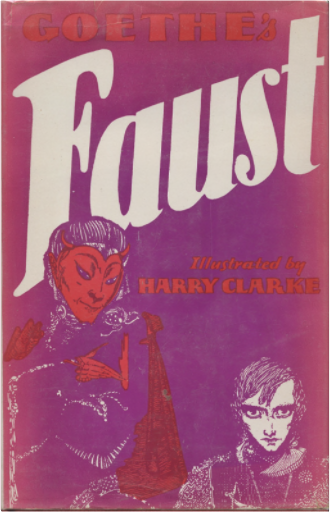
 Made with Delicious Library
Made with Delicious Library